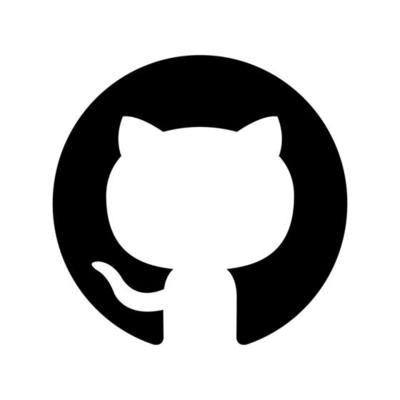Agentic AI Comparison:
OpenCV AI Kit (OAK) vs YOLO (You Only Look Once)
Introduction
This report compares two popular computer vision tools: YOLO (You Only Look Once) and OpenCV AI Kit (OAK). YOLO is a state-of-the-art, real-time object detection system, while OAK is a hardware-software solution for AI and computer vision applications.
Overview
OpenCV AI Kit (OAK)
OpenCV AI Kit (OAK) is a series of cameras with built-in AI capabilities. It combines hardware (cameras with depth sensing) and software (OpenCV and DepthAI API) to provide an all-in-one solution for computer vision tasks. OAK devices can perform neural network inference, object detection, and 3D object localization.
YOLO (You Only Look Once)
YOLO is an open-source object detection system known for its speed and accuracy. It uses a single neural network to divide the image into regions and predict bounding boxes and probabilities for each region. The latest version, YOLOv8, offers improved performance over its predecessors.
Metrics Comparison
autonomy
OpenCV AI Kit (OAK): 9
OAK devices offer high autonomy with on-device AI processing, allowing for standalone operation without constant connection to a host computer.
YOLO (You Only Look Once): 8
YOLO operates autonomously once trained, requiring minimal human intervention for object detection tasks. However, it may need retraining for new object classes.
OAK slightly edges out YOLO in autonomy due to its hardware-software integration, enabling more independent operation.
ease of use
OpenCV AI Kit (OAK): 8
OAK provides a user-friendly API and pre-built applications, making it accessible to developers with varying levels of expertise. However, advanced usage may require deeper understanding.
YOLO (You Only Look Once): 7
YOLO has a straightforward implementation process, but requires some expertise in deep learning and computer vision for optimal use and customization.
OAK is slightly easier to use due to its integrated approach and pre-built applications, while YOLO may require more technical knowledge.
flexibility
OpenCV AI Kit (OAK): 8
OAK offers flexibility in terms of supported AI models and computer vision tasks. It can run various neural networks and perform multiple vision tasks simultaneously.
YOLO (You Only Look Once): 9
YOLO is highly flexible, supporting various object detection tasks and allowing for fine-tuning on custom datasets. It can be integrated into different software environments.
YOLO is slightly more flexible due to its software-only nature, allowing for easier integration into diverse systems and workflows.
cost
OpenCV AI Kit (OAK): 7
OAK devices have a hardware cost, ranging from $89 to $149 for different models. However, this includes both hardware and software capabilities.
YOLO (You Only Look Once): 9
YOLO is open-source and free to use. The main costs associated are computational resources for training and inference.
YOLO has a cost advantage being free and open-source, while OAK requires an initial hardware investment but provides an all-in-one solution.
popularity
OpenCV AI Kit (OAK): 7
OAK has gained significant popularity since its Kickstarter campaign, especially among developers looking for integrated AI vision solutions.
YOLO (You Only Look Once): 9
YOLO is widely adopted in the computer vision community, with numerous implementations and a large user base.
YOLO is more popular overall due to its longer presence in the field and widespread use in various applications, while OAK is gaining traction in specific use cases requiring integrated hardware-software solutions.
Conclusions
Both YOLO and OpenCV AI Kit (OAK) are powerful tools for computer vision tasks, each with its strengths. YOLO excels in flexibility, cost-effectiveness, and widespread adoption, making it ideal for software-based object detection projects. OAK, on the other hand, offers a more integrated approach with its hardware-software combination, providing high autonomy and ease of use for developers seeking an all-in-one solution. The choice between the two depends on specific project requirements, with YOLO being more suitable for pure software implementations and OAK for applications needing embedded AI capabilities.

